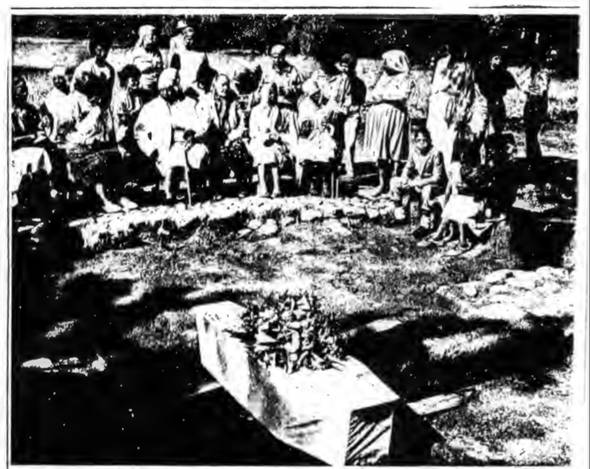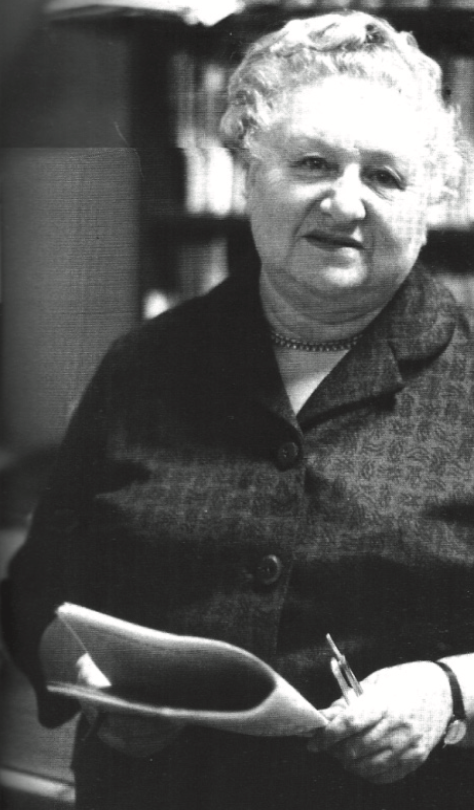Shirish Nanabhai
Shirish was born one of eight siblings on 1 March 1938 at 51 Commercial Rd, Fordsburg. Jasmath Nanabhai, Shirish J. Nanabhai’s father, was from the village of Karadi/Matvad in Gujarat, India. Jasmath immigrated to South Africa after the turn of the last century. In a way, it was inevitable that Shirish would get involved in politics because Jasmath was active during his youth in the Indian National Congress, which had fought against British rule in India.

Vergelegen Wine Estate
Vergelegen Wine Estate is situated in an exclusive upmarket Area of Somerset West, about 50 km East of Cape Town. The Area was named after Lord Charles Somerset in 1819, and in 1825 was named Somerset West to differentiate from Somerset East, a small Town in the Eastern Cape.
Vergelegen was known as the Country Residence of: Governor Willem Adriaan van der Stel, during the eighteenth Century. He named it ‘far away’, which is a direct translation of the name of the Estate from Dutch. This was due to the long distance from Cape Town to Somerset West. In 1987, Anglo-American Farms Limited (AmFarms) bought Vergelegen from Tom Barlow, who took over in 1966 from his father Charles ‘Punch’ Barlow. Their family had been in charge of the estate since 1941, a Year after the death of Lady Florence Phillips, whose husband Sir Lionel Phillips had owned Vergelegen between 1917 and 1941. Much of the reconstruction of the Estate took place during the time the Phillips Family owned it.
A. Markell, ‘Vergelegen: Slave Archaeology at the Cape’, Crossmend 1(1), 1991, 1.
E. van Rensburg, ‘Flora the slave’s reburial today’, Cape Times (8 April 1991).
J. C. Sealy, A. G. Morris, R. Armstrong, A. Markell and C. Schrire, ‘An Historic Skeleton from the Slave Lodge at Vergelegen,’ Historical Archaeology in the Western Cape 7, 1993, 84.
J. Pastor, ‘Archaeology, Museology and Education: A case-study at Vergelegen’, (UCT. M.A. Thesis. 1993), 38.
Vergelegen, ‘Phillips Era’, (2018), http://www.vergelegen.co.za. Accessed 22 November 2018.
W. de Bruin, ‘Vergelegen: a perfect blend of past and present’, Restorica 28, 1994, 22.
The reburial of Flora

On 6 April 1991, the reburial of a slave named Flora took place at Vergelegen Wine Estate, Somerset West. This came about after the discovery of her remains in October 1990, when University of Cape Town(UCT) archaeologists unearthed the site of the Slave Lodge at Vergelegen.The remains were unearthed from a wooden box possibly made from yellow wood, with thirty-six iron nails that were recovered ranged in length from 18 to 105 mm.
Fanny Klenerman
